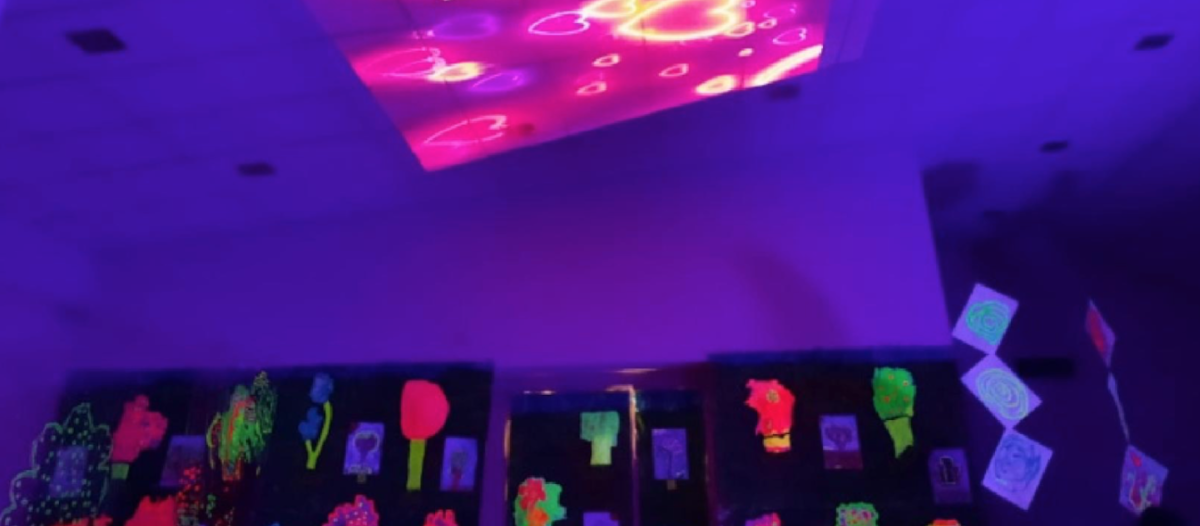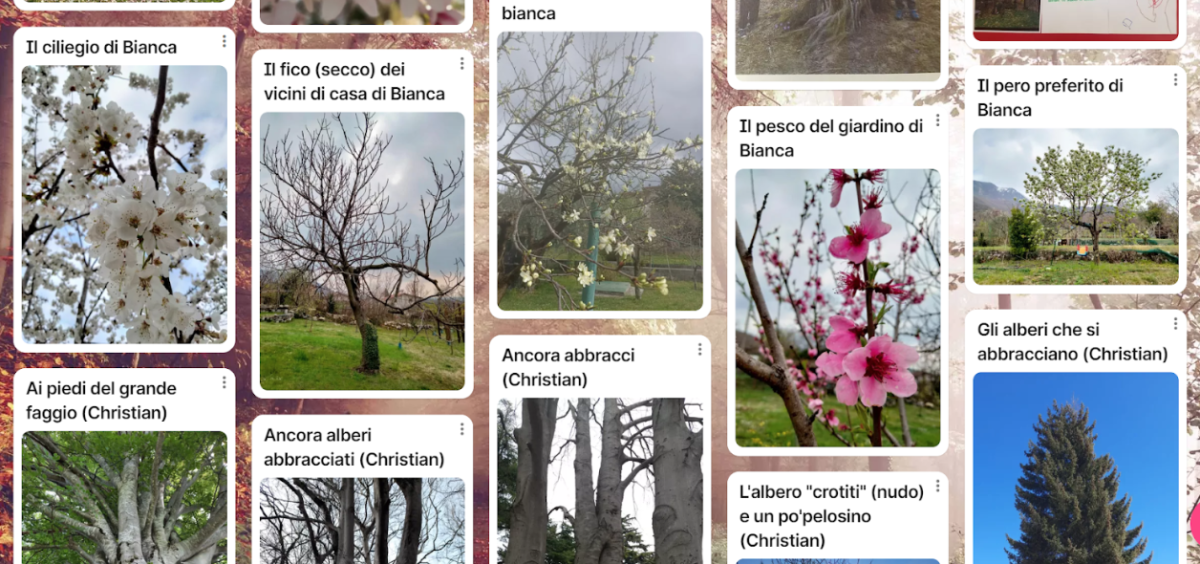How can coding help to understand nature and the wonderful world of bees?
Children are introduced to problem solving and the logic of computational thinking through the adventures of a little bee, who is the protagonist of each activity, either as a mascot in the unplugged coding games,as well as a programmable robot that the children will have to help find their way back to its hive. Families are involved with coding games and through creative recycling activities with the aim of enriching the world of the little bee with friends and natural elements.
An idea from
Russo Santa – Lessi Valentina – Pavan Giorgia – Mancinelli Angela – Ragusa Rossella – Modolo Doris, ECEC educators at the Kindergarten “Scuola dell’Infanzia di Piavon”, Oderzo – Italy.
In co-design with Zaffiria.
Time
10 activities (50 min each)
Age
4-5 years
Objective
- First knowledge of coding.
- Awareness on environmental issues.
- Developing transversal skills.
#numeracy #coding #nature #storytelling










